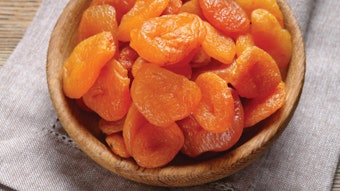We previously have proposed a presumption that most meaty flavor compounds have a common characteristic structural unit that contains sulfur or oxygen heteroatoms on the adjacent two carbon atoms (one of the heteroatoms should be a sulfur atom). This characteristic structural unit can be further classified into six subclasses according to different bonding forms. In order to verify our presumption, four series of compounds were synthesized in our lab, including 1-alkylthio-2- butanethiols, 1-alkylthio-2-butanols, 2-mehtoxy butyl alkyl sulfides and 1-alkylthio-2-butanones. They have the characteristic structural unit a, b and e individually. The odor characteristics of these compounds were evaluated by flavorists.
Compounds
1-Alkylthio-2-butanethiols were synthesized by the reactions of thiols and 1,2-epithiobutane that were prepared through 1,2-epoxybutane and thiourea.3–4 The nucleophilic substitution reactions of thiols with 1,2-epithiobutane gave moderate yields of 40–50 percent. Some residuals with high boiling points remained after the desired products were distilled out. The poor yields may be due to selfpolymerization of 1,2-epithiobutane and/or the further reactions of products with 1,2-epithiobutane.
1-Alkylthio-2-butaneols were synthesized directly by the reactions of thiols with 1,2-epoxybutane. This reaction went well with yields of more than 70 percent. In order to study the effects of functional groups on compound aromas, the hydroxyl groups of 1-alkylthio-2-butanols were transformed into methoxy groups by reactions with iodomethane in the presence of sodium hydride. Through Swern oxidation, 1-alkylthio-2-butanols were transformed into 1-alkylthio-2-butanones with high yields of 80–90 percent.










